With some parts of the UK witnessing their wettest October on record in 2023[1] and several storms hitting in the UK recently [2], it’s safe to say the UK is no stranger to being hit by severe weather. And sadly, with severe weather comes flood risks.
Here are some tips to help you review your flood defences for your commercial property in case the wet weather continues in 2024.
Reducing the risk of flooding
To limit damage and improve the speed of business recovery, consider the following actions and decide which are practical for your business:
- Install demountable, purpose-made, flood barriers/boards to doors and other openings;
- Invest in anti-flood air bricks or specially designed air brick covers to prevent water ingress;
- Fit non-return valves or backflow valves to drainage systems;
- Raise electrical fuse boxes, sockets, controls and wiring above likely flood levels;
- Locate key stock and contents (including IT and Telecoms equipment) and move to a higher level. Ensure data and software is backed up regularly and stored offsite – in a place not likely to be affected by the same event;
- Anchor fuel and other liquid storage tanks to prevent them floating away.
Emergency management
It is important to make sure that your staff know your business continuity plan should a flood happen. They also need to understand their role in it. It is a good idea to periodically review your flood plan and keep a copy of the plan offsite at an out of risk location. Some things you may want to consider in an emergency include:
- Closing the business to avoid people becoming trapped. Your location may be safe, but access roads may become submerged;
- If staff/customers become trapped in the premises, they will need food, drink, first aid, mobile phones, blankets or items to keep warm and a battery powered radio so ensure you have a supply of these items;
- Move company vehicles to a safer location;
- Switch off gas/water/electricity terminals;
- Move valuable stock and contents that might be contaminated by flood water;
- Contact customers and suppliers to keep them informed as the situation progresses;
- Keep a note in your mobile phone of insurance claims helpline numbers, as well as other useful emergency phone numbers including local authorities, gas and electricity.
Risk recovery following a flood
Your business interruption insurance cover should take care of your lost income. You can help your business recovery with these basic steps:
- Keep a record of equipment and contents to speed up the purchase of replacements;
- Agree alternative premises for staff and storage, if necessary;
- Maintain contact lists including commercial estate agencies (in case temporary relocation is necessary) as well as builders, contractors, IT specialists etc to help fix the existing premises;
- Keep staff informed of the situation;
- Regularly update major customers and suppliers by whatever method suits the business. An email distribution list may be helpful if there are many people to keep informed (making sure it is GDPR compliant);
- Maintain a log to note all actions taken and expenses incurred. This can assist with your insurance claim.
Sources:
[1] https://www.lbc.co.uk/news/exact-date-rain-end-wettest-november-on-record-weather/
[2] https://www.metoffice.gov.uk/weather/warnings-and-advice/uk-storm-centre/index


